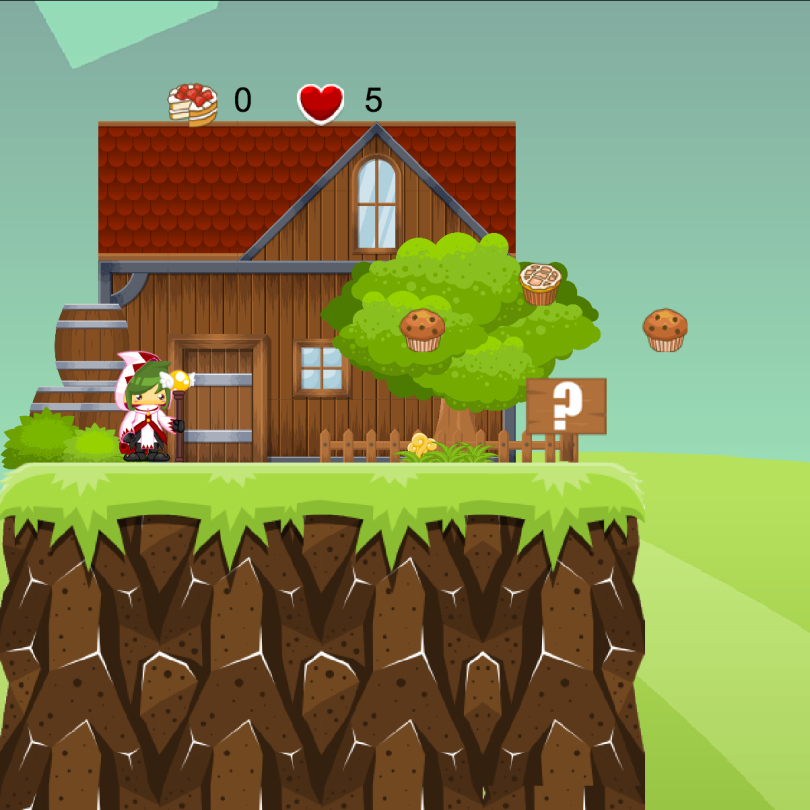I’ve had game development on my list of things to jump in to for many months now. And I’ve noticed myself continuing to procrastinate and put it off, which signaled to me that I really need to jump in and face any fears I had about it. After watching and reading several things on game design, I found an upcoming game jam and decided to dive head first into making my first (thought-out and planned) game.
Narrative
One of the things that stood out to me in the materials I’ve viewed is the idea that, in games as an interactive medium, narrative needs to be more than just the writing. As you develop your game, narrative needs to be evident in the mechanics, dynamics, and aesthetics of a game. Kevin Sheehan provides some excellent examples in his post on Decision Making Devices for Cohesive Gameplay:
Let’s illustrate using theme as a decision-maker with an example: You are designing a 2D platformer in which players compete to be the first to reach a destination. Unfortunately, the team cannot decide between vertical traversal and horizontal traversal. This decision can be made a number of ways, but taking your theme into consideration can help narrow those choices down considerably. For instance, if your theme was “people will always try to climb the corporate ladder” the game would make much more sense with vertical traversal. On the opposite end, a theme of “people will thoroughly explore newly-discovered land masses” is better reinforced with horizontal traversal.
– Kevin Sheehan
I was really struck by this notion. So often, narrative is described as just the story”the cutscenes, the dialog, the obvious story. But narrative should inform everything in the game design. In my game, I tried to reflect the tension between being a heroine and having to stop and help others and save the day while trying to meet one’s sweetheart on Valentine’s Day and have a romantic relationship. I’m not sure how well this sort of thing comes out to the casual player, but it was a really meaningful way to think about the game during the design phase.“,
How might this Apply to LX Design?
Well, I’m not sure I know, exactly but it should be one part of informing the design of game-based learning. I really believe that if we as LX designers are going to go into designing games, we need to have a real understanding of what makes an effective and engaging game, not just gloss over the top. If nothing else, I think it’s important to think about the seven essential elements as being intertwined when creating a game or game-based learning. In particular, I think it’s essential to consider the integrity of narrative throughout all of the decisions that you’d have to make to create a game experience. Are you using a mechanic that competes with your other choices? Does your aesthetic take away from your other choices? Just going through this experience made it clear that it was essential not to see games as just putting a badge or points on things, or even as just replicating other game mechanics that we see (such as creating a particular game type with no thought of how or whether or not that game type really helps perform the functions you want it to).
Give it a Try
This was made for a LGBTQA-positive game jam. If that’s not your thing, don’t play. No big deal. Also, the game is probably pretty awful, all told, but I’m really glad I was able to actually finish it and include all of the features I planned. I used Construct 2 for the game development. Total game dev time is probably about 2 weeks, with lots of interruptions in between. Try it here: https://anthkris.itch.io/sweets-for-sweeting You can also check out the other entries for the Jam here: https://itch.io/jam/sugar-sweets-jam/entries 
